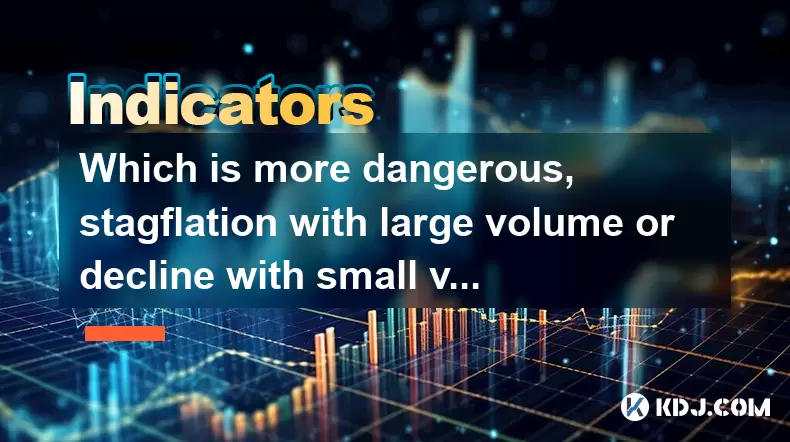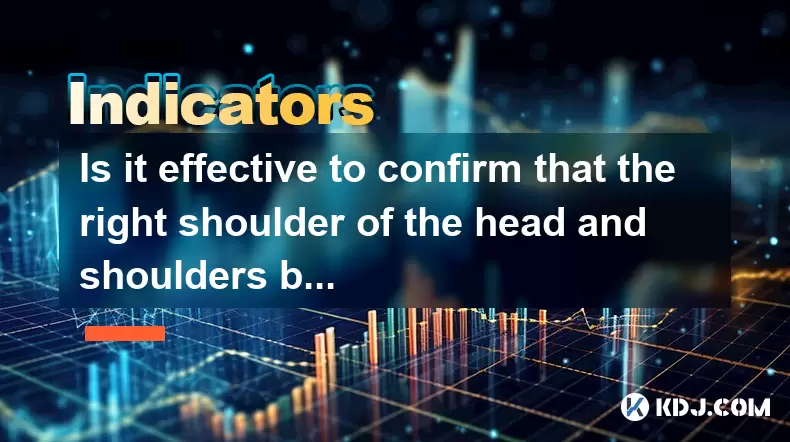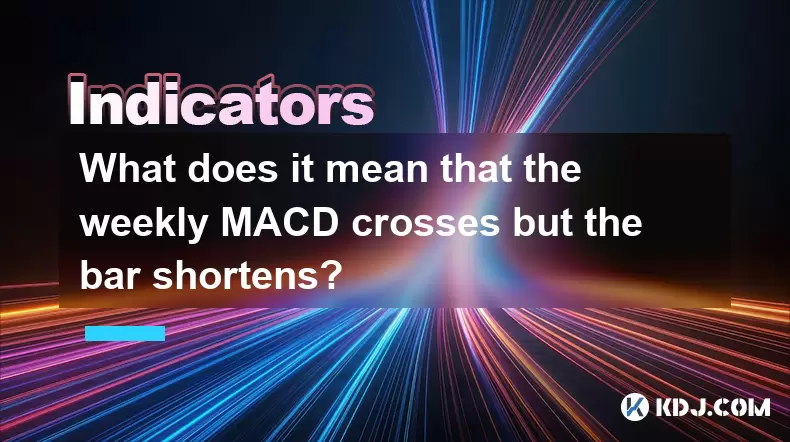-
 Bitcoin
Bitcoin $106,754.6083
1.33% -
 Ethereum
Ethereum $2,625.8249
3.80% -
 Tether USDt
Tether USDt $1.0001
-0.03% -
 XRP
XRP $2.1891
1.67% -
 BNB
BNB $654.5220
0.66% -
 Solana
Solana $156.9428
7.28% -
 USDC
USDC $0.9998
0.00% -
 Dogecoin
Dogecoin $0.1780
1.14% -
 TRON
TRON $0.2706
-0.16% -
 Cardano
Cardano $0.6470
2.77% -
 Hyperliquid
Hyperliquid $44.6467
10.24% -
 Sui
Sui $3.1128
3.86% -
 Bitcoin Cash
Bitcoin Cash $455.7646
3.00% -
 Chainlink
Chainlink $13.6858
4.08% -
 UNUS SED LEO
UNUS SED LEO $9.2682
0.21% -
 Avalanche
Avalanche $19.7433
3.79% -
 Stellar
Stellar $0.2616
1.64% -
 Toncoin
Toncoin $3.0222
2.19% -
 Shiba Inu
Shiba Inu $0.0...01220
1.49% -
 Hedera
Hedera $0.1580
2.75% -
 Litecoin
Litecoin $87.4964
2.29% -
 Polkadot
Polkadot $3.8958
3.05% -
 Ethena USDe
Ethena USDe $1.0000
-0.04% -
 Monero
Monero $317.2263
0.26% -
 Bitget Token
Bitget Token $4.5985
1.68% -
 Dai
Dai $0.9999
0.00% -
 Pepe
Pepe $0.0...01140
2.44% -
 Uniswap
Uniswap $7.6065
5.29% -
 Pi
Pi $0.6042
-2.00% -
 Aave
Aave $289.6343
6.02%
Which is more dangerous, stagflation with large volume or decline with small volume?
Stagflation in crypto signals market indecision, while a decline with small volume may indicate temporary weakness rather than strong selling pressure.
Jun 17, 2025 at 06:57 am

Understanding Stagflation and Decline in the Cryptocurrency Market
In the cryptocurrency market, stagflation refers to a situation where prices remain stagnant or show minimal movement despite high trading volume. This often indicates a lack of clear direction in price action, with buyers and sellers being equally matched. On the other hand, a decline with small volume suggests that the downward movement is not backed by strong selling pressure, which might imply weakness in the trend rather than strength.
Both scenarios can be concerning for traders and investors. However, understanding the underlying signals they provide is crucial for making informed decisions.
Characteristics of Stagflation with Large Volume
When a cryptocurrency experiences stagflation with large volume, it typically means that there's significant interest in the asset, but no consensus on its direction. Prices may fluctuate within a tight range while volume surges, suggesting accumulation or distribution phases.
- Large volume without price movement can indicate that institutional players are actively trading without moving the price substantially.
- It may also signal market indecision, where bulls and bears are fighting for control.
- In some cases, this pattern precedes a major breakout or breakdown once one side gains dominance.
Traders should pay close attention to support and resistance levels during such periods, as a break could lead to rapid price changes.
Dangers Associated with Stagflation and High Volume
One of the main dangers of stagflation with large volume is the potential for sudden and sharp price movements after a long period of consolidation. These moves can be difficult to predict and may catch traders off guard.
- False breakouts become more common in these conditions, leading to losses for those who enter positions prematurely.
- Whale activity may manipulate short-term price action, creating misleading signals.
- The psychological impact on retail traders can be significant, especially when volatility erupts unexpectedly.
Therefore, risk management becomes even more critical during such phases.
Decline with Small Volume: What Does It Mean?
A decline with small volume usually reflects a lack of conviction among sellers. While the price may be falling, the absence of strong selling pressure implies that the downtrend may not be sustainable.
- Low volume declines can often be attributed to profit-taking or minor corrections rather than a full reversal.
- It may suggest that holders are not panicking and are willing to ride out short-term dips.
- In some cases, it can indicate a healthy consolidation phase before the next upward move.
This type of price behavior is generally less dangerous compared to stagflation with large volume.
Risks of Ignoring Volume During a Price Drop
Even though a decline with small volume seems less threatening, ignoring it completely can be risky. Some key considerations include:
- Market sentiment shifts can occur rapidly, especially if macroeconomic factors change.
- A prolonged period of sideways or downward movement can erode confidence, leading to larger sell-offs later.
- Technical indicators may give mixed signals, making it harder to determine whether the drop is temporary or part of a broader bearish trend.
Monitoring both price and volume together provides a more complete picture of market dynamics.
How to Analyze These Scenarios in Crypto Trading
For traders navigating these ambiguous market conditions, the following steps can help in assessing risk more accurately:
- Compare current volume to average volume over the past 10–20 days to identify unusual patterns.
- Overlay technical indicators like RSI or MACD to confirm or reject the strength of the trend.
- Watch for candlestick formations near key support/resistance zones to gauge potential reversals.
- Use order book analysis to detect hidden buying or selling pressure that may not be visible in standard charts.
- Monitor on-chain metrics such as exchange inflows/outflows or whale transactions for additional context.
These tools can help differentiate between a healthy consolidation and a warning sign of deeper trouble.
Frequently Asked Questions
Q: Can I rely solely on volume to make trading decisions?
No, volume should always be used in conjunction with price action and other technical indicators. Sole reliance on volume can lead to misinterpretation of market conditions.
Q: Is stagflation always followed by a breakout?
Not necessarily. Sometimes markets remain in a state of stagflation for extended periods, especially during low volatility phases or during major news cycles.
Q: Should I buy during a decline with small volume?
It depends on your strategy and risk tolerance. If the fundamentals remain strong and there’s no negative catalyst, it might present a buying opportunity, but proper risk controls must be in place.
Q: How do I differentiate between real volume and spoofed volume on crypto exchanges?
Spoofed volume can be identified through order book depth analysis and checking trade data from reliable sources. Reputable exchanges and third-party analytics platforms can offer more accurate insights.
Disclaimer:info@kdj.com
The information provided is not trading advice. kdj.com does not assume any responsibility for any investments made based on the information provided in this article. Cryptocurrencies are highly volatile and it is highly recommended that you invest with caution after thorough research!
If you believe that the content used on this website infringes your copyright, please contact us immediately (info@kdj.com) and we will delete it promptly.
- 2025-W Uncirculated American Gold Eagle and Dr. Vera Rubin Quarter Mark New Products
- 2025-06-13 06:25:13
- Ruvi AI (RVU) Leverages Blockchain and Artificial Intelligence to Disrupt Marketing, Entertainment, and Finance
- 2025-06-13 07:05:12
- H100 Group AB Raises 101 Million SEK (Approximately $10.6 Million) to Bolster Bitcoin Reserves
- 2025-06-13 06:25:13
- Galaxy Digital CEO Mike Novogratz Says Bitcoin Will Replace Gold and Go to $1,000,000
- 2025-06-13 06:45:13
- Trust Wallet Token (TWT) Price Drops 5.7% as RWA Integration Plans Ignite Excitement
- 2025-06-13 06:45:13
- Ethereum (ETH) Is in the Second Phase of a Three-Stage Market Cycle
- 2025-06-13 07:25:13
Related knowledge

How to interpret the low opening the next day after the long lower shadow hits the bottom?
Jun 18,2025 at 12:22am
Understanding the Long Lower Shadow Candlestick PatternIn technical analysis, a long lower shadow candlestick is often seen as a potential reversal signal in a downtrend. This pattern occurs when the price opens, trades significantly lower during the session, but then recovers to close near the opening price or slightly above. The long wick at the botto...

How to operate the RSI indicator repeatedly in the 40-60 range?
Jun 18,2025 at 12:56am
Understanding the RSI Indicator and Its RelevanceThe Relative Strength Index (RSI) is a momentum oscillator widely used in cryptocurrency trading to measure the speed and change of price movements. Typically, the RSI ranges from 0 to 100, with levels above 70 considered overbought and below 30 considered oversold. However, when the RSI repeatedly stays ...

How strong is the MACD golden cross below the zero axis?
Jun 17,2025 at 11:00pm
Understanding the MACD Indicator in Cryptocurrency TradingThe Moving Average Convergence Divergence (MACD) is one of the most widely used technical indicators among cryptocurrency traders. It helps identify potential trend reversals, momentum shifts, and entry or exit points. The MACD consists of three main components: the MACD line, the signal line, an...

How effective is the golden cross of the William indicator double line in the oversold area?
Jun 17,2025 at 11:56pm
Understanding the William Indicator and Its Double Line SetupThe William %R (Williams Percent Range) is a momentum oscillator used to identify overbought or oversold conditions in a market. It ranges from 0 to -100, with readings above -20 considered overbought and below -80 deemed oversold. The double line setup refers to plotting two different timefra...

Is it effective to confirm that the right shoulder of the head and shoulders bottom volume at the 30-minute level is enlarged?
Jun 17,2025 at 11:42pm
Understanding the Head and Shoulders Pattern in Cryptocurrency TradingThe head and shoulders pattern is one of the most recognized reversal patterns in technical analysis, especially within cryptocurrency trading. It typically signals a potential shift from a bullish trend to a bearish one. This pattern consists of three peaks: the left shoulder, the he...

What does it mean that the weekly MACD crosses but the bar shortens?
Jun 18,2025 at 01:07am
Understanding the MACD IndicatorThe Moving Average Convergence Divergence (MACD) is a popular technical analysis tool used in cryptocurrency trading to identify potential trend reversals and momentum shifts. It consists of three main components: the MACD line, the signal line, and the histogram (also known as the bar). The MACD line is calculated by sub...

How to interpret the low opening the next day after the long lower shadow hits the bottom?
Jun 18,2025 at 12:22am
Understanding the Long Lower Shadow Candlestick PatternIn technical analysis, a long lower shadow candlestick is often seen as a potential reversal signal in a downtrend. This pattern occurs when the price opens, trades significantly lower during the session, but then recovers to close near the opening price or slightly above. The long wick at the botto...

How to operate the RSI indicator repeatedly in the 40-60 range?
Jun 18,2025 at 12:56am
Understanding the RSI Indicator and Its RelevanceThe Relative Strength Index (RSI) is a momentum oscillator widely used in cryptocurrency trading to measure the speed and change of price movements. Typically, the RSI ranges from 0 to 100, with levels above 70 considered overbought and below 30 considered oversold. However, when the RSI repeatedly stays ...

How strong is the MACD golden cross below the zero axis?
Jun 17,2025 at 11:00pm
Understanding the MACD Indicator in Cryptocurrency TradingThe Moving Average Convergence Divergence (MACD) is one of the most widely used technical indicators among cryptocurrency traders. It helps identify potential trend reversals, momentum shifts, and entry or exit points. The MACD consists of three main components: the MACD line, the signal line, an...

How effective is the golden cross of the William indicator double line in the oversold area?
Jun 17,2025 at 11:56pm
Understanding the William Indicator and Its Double Line SetupThe William %R (Williams Percent Range) is a momentum oscillator used to identify overbought or oversold conditions in a market. It ranges from 0 to -100, with readings above -20 considered overbought and below -80 deemed oversold. The double line setup refers to plotting two different timefra...

Is it effective to confirm that the right shoulder of the head and shoulders bottom volume at the 30-minute level is enlarged?
Jun 17,2025 at 11:42pm
Understanding the Head and Shoulders Pattern in Cryptocurrency TradingThe head and shoulders pattern is one of the most recognized reversal patterns in technical analysis, especially within cryptocurrency trading. It typically signals a potential shift from a bullish trend to a bearish one. This pattern consists of three peaks: the left shoulder, the he...

What does it mean that the weekly MACD crosses but the bar shortens?
Jun 18,2025 at 01:07am
Understanding the MACD IndicatorThe Moving Average Convergence Divergence (MACD) is a popular technical analysis tool used in cryptocurrency trading to identify potential trend reversals and momentum shifts. It consists of three main components: the MACD line, the signal line, and the histogram (also known as the bar). The MACD line is calculated by sub...
See all articles

























































































